A lot of people have complained that the rocks you find on the surface of planets look really out of place, artificial, etc. I think this is simply because the surface rocks don't have the same colour & brightness as the 'dusty' surface they are sitting on.
Just compare this example screenshot from Horizons:

To these images of Mars:
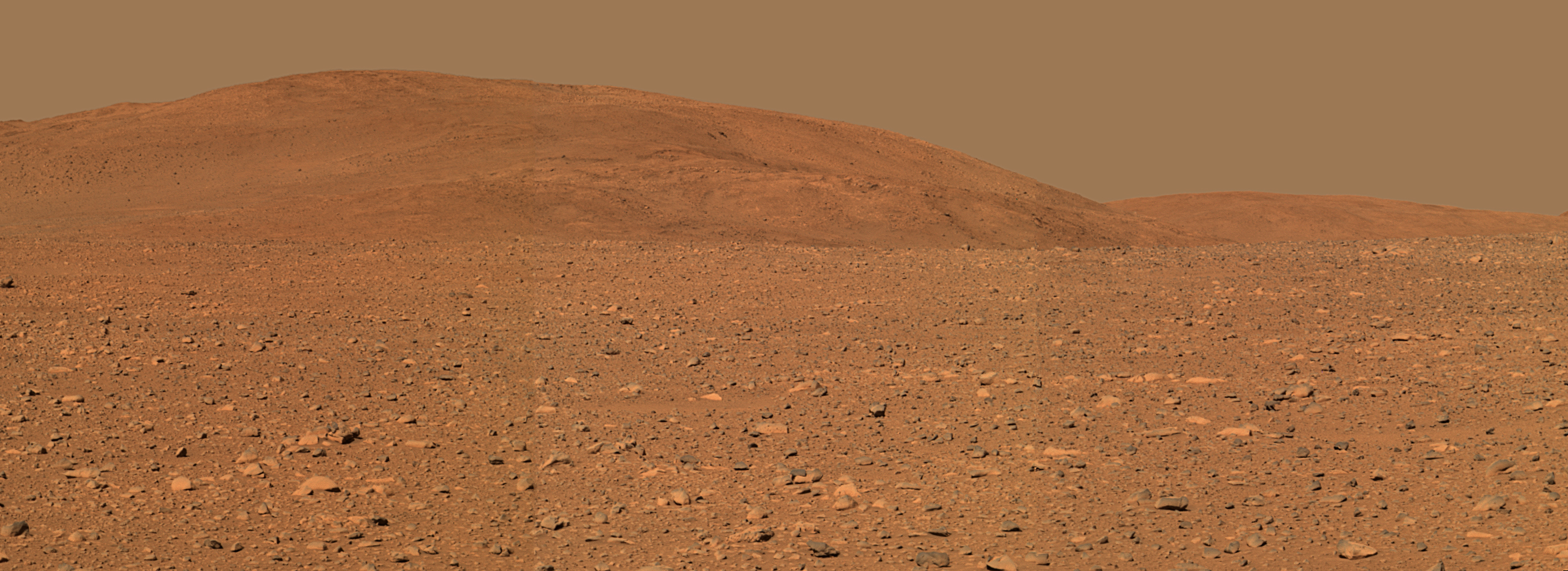
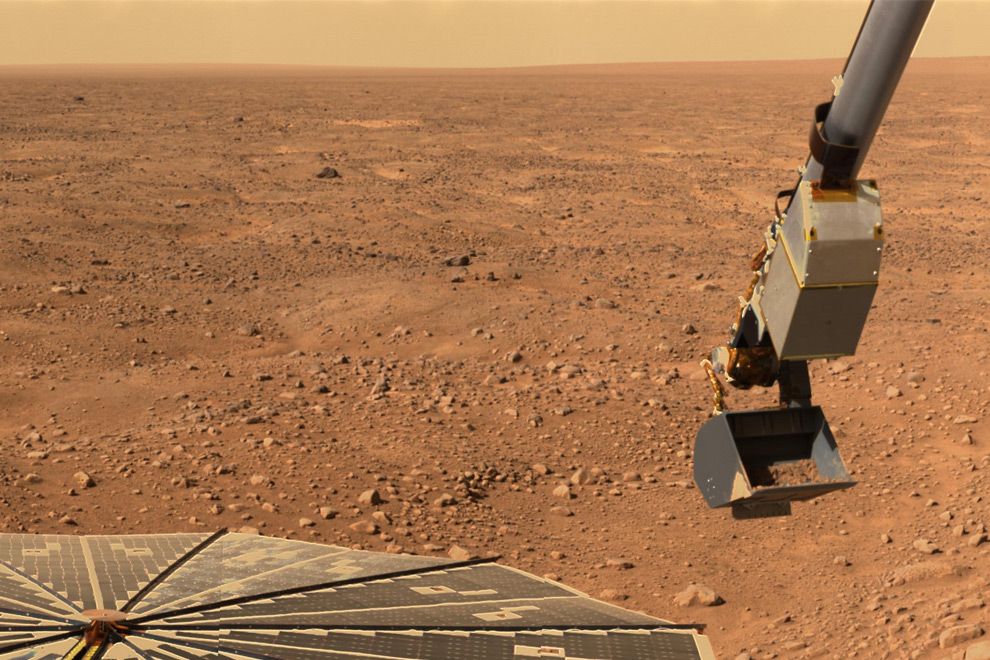
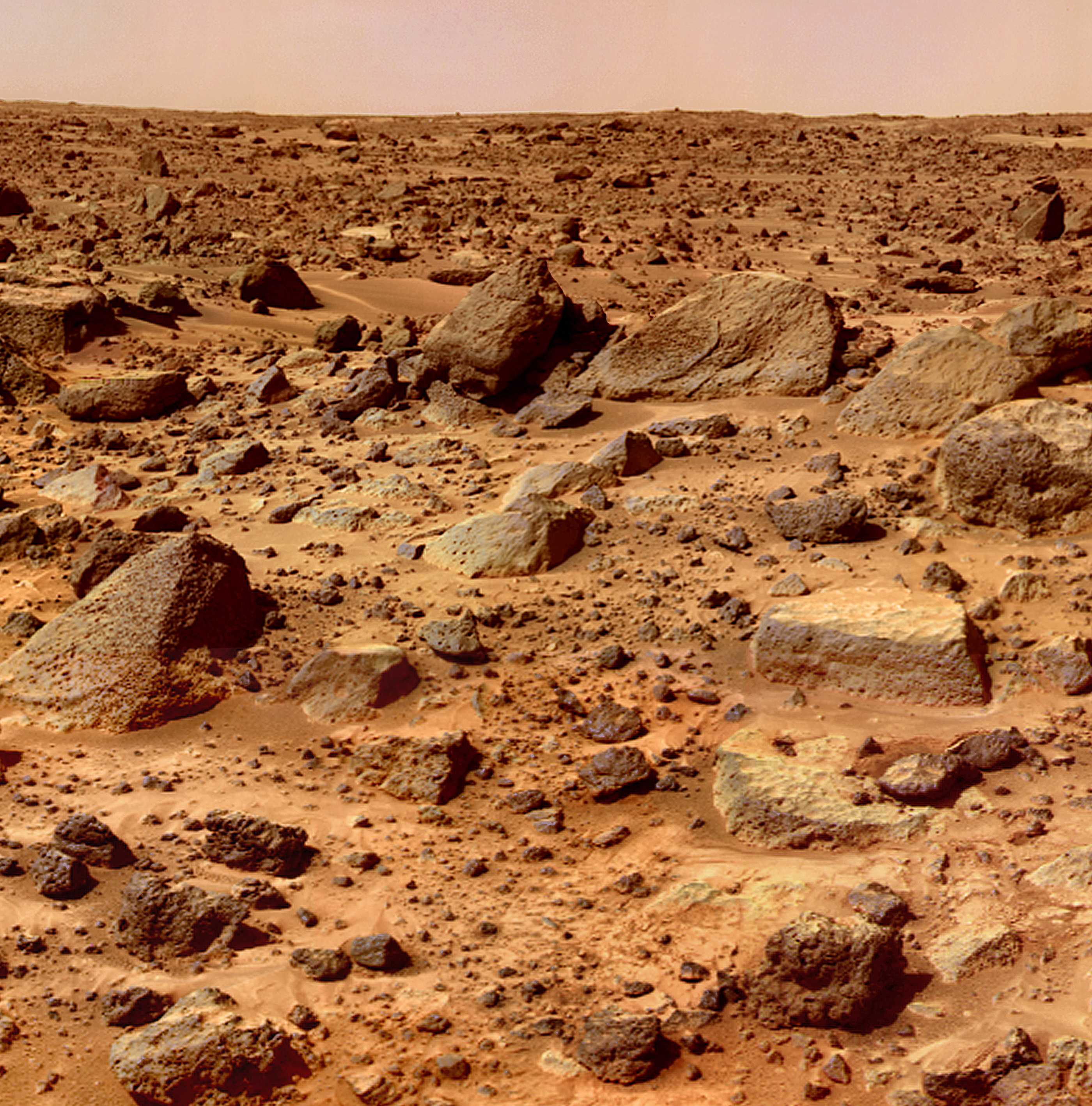
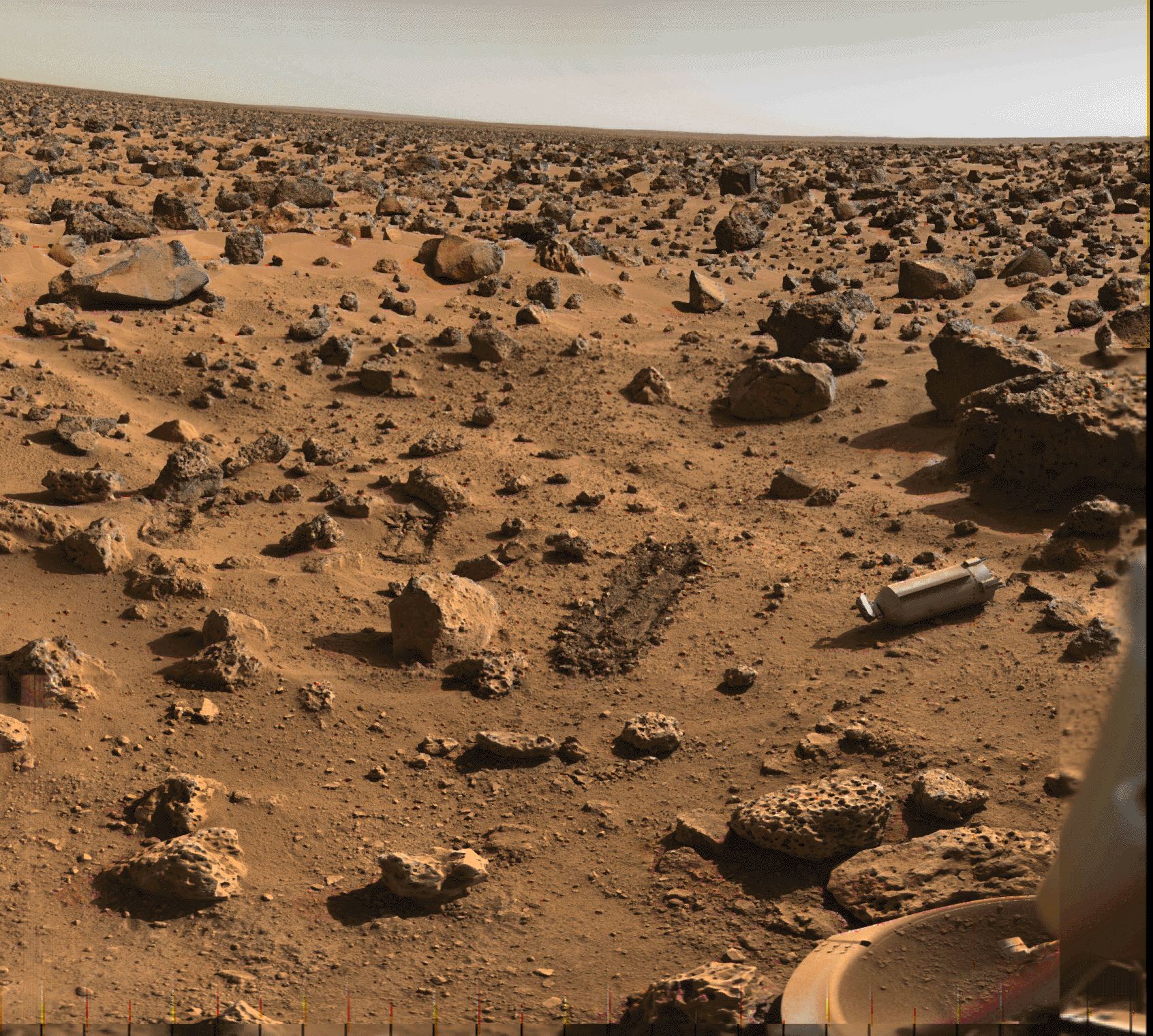
I'm sure that Horizons' surface rocks would look much more "natural" if they had similar colour & brightness as their surroundings. Now yes, there are certainly cases where surface rocks SHOULD be different to their surroundings (e.g. meteorites), but that's not 100% of the time like it is for Horizons:

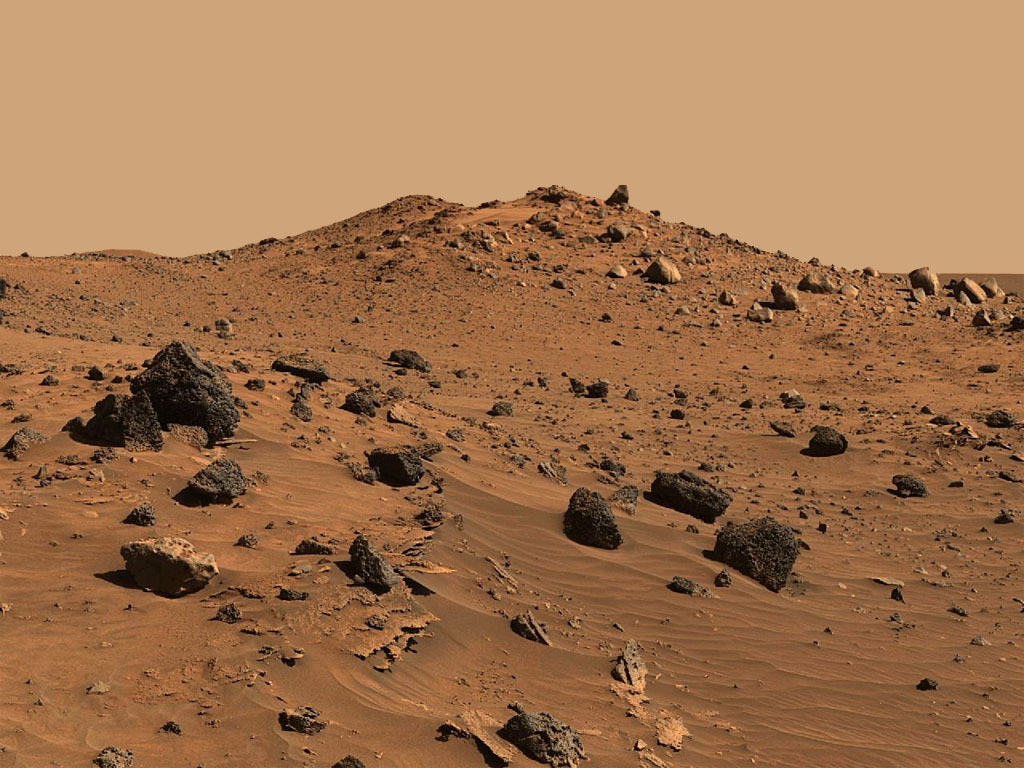
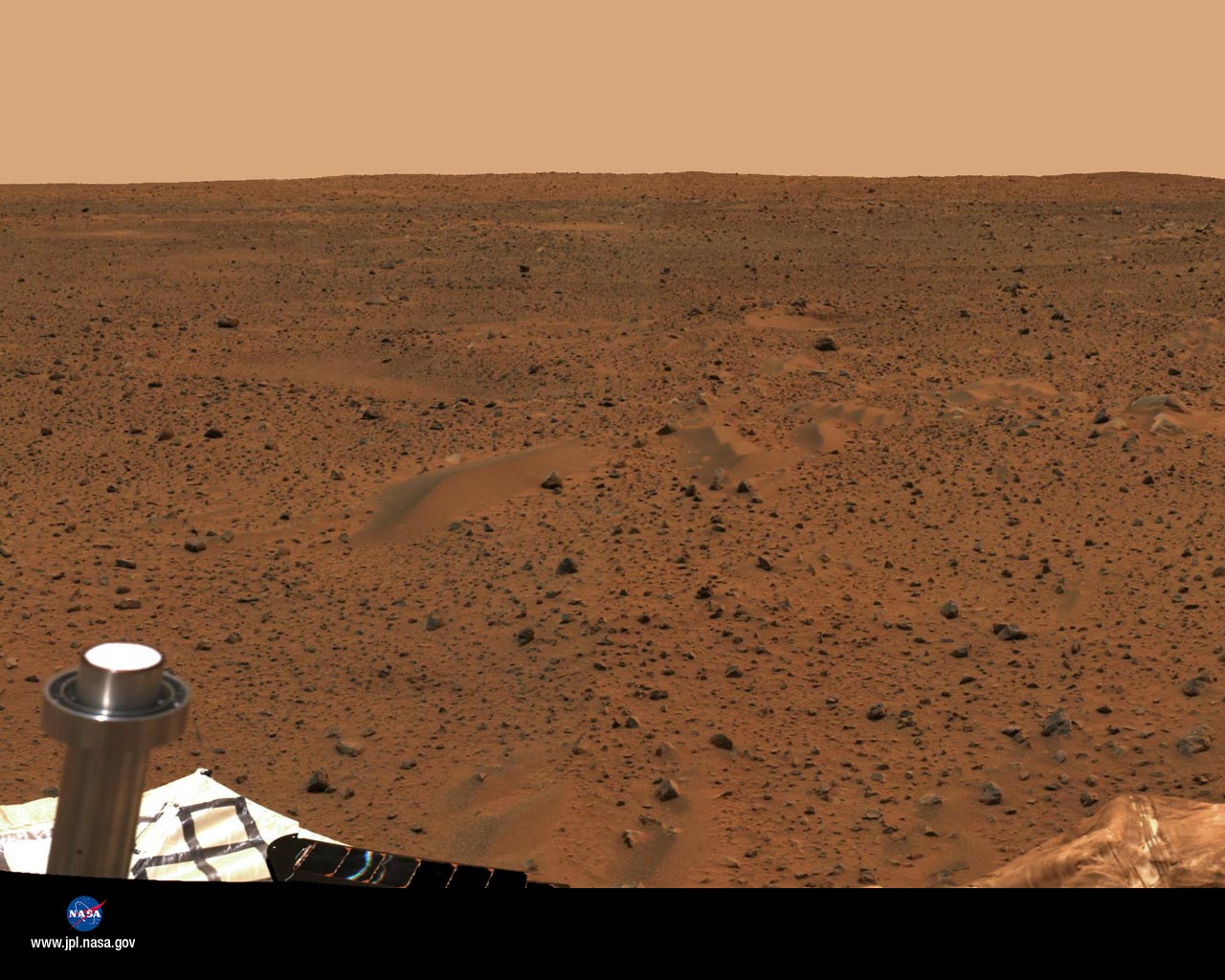
If I had to make a simple rule for Horizons' procedural generation, then I'd suggest that the smaller rocks should be the same colour & brightness as their surface, while the larger ones are less likely to be.
You *could* argue that Mars is not the best example, since it has an atmosphere & none of Horizons' landable planets do... But rocks on our Moon still look far more similar to their surface than Horizons':

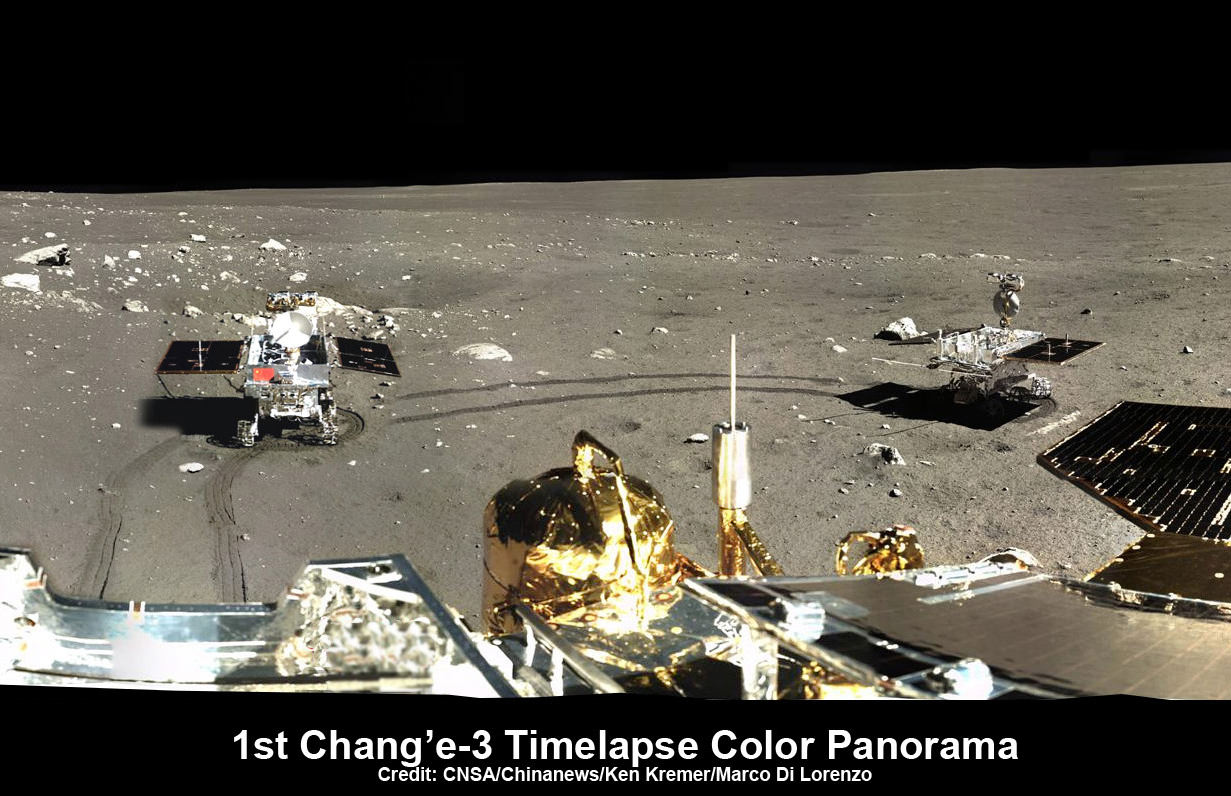

Rocks on the surface of a comet also look pretty similar to their surroundings (even once you allow for the fact the photo is B&W):

(Photo taken by Philae from an altitude of 67 metres.)
Same for the surface of Venus (although yes that has an atmosphere like Mars does):


Just compare this example screenshot from Horizons:

To these images of Mars:




I'm sure that Horizons' surface rocks would look much more "natural" if they had similar colour & brightness as their surroundings. Now yes, there are certainly cases where surface rocks SHOULD be different to their surroundings (e.g. meteorites), but that's not 100% of the time like it is for Horizons:



If I had to make a simple rule for Horizons' procedural generation, then I'd suggest that the smaller rocks should be the same colour & brightness as their surface, while the larger ones are less likely to be.
You *could* argue that Mars is not the best example, since it has an atmosphere & none of Horizons' landable planets do... But rocks on our Moon still look far more similar to their surface than Horizons':



Rocks on the surface of a comet also look pretty similar to their surroundings (even once you allow for the fact the photo is B&W):

(Photo taken by Philae from an altitude of 67 metres.)
Same for the surface of Venus (although yes that has an atmosphere like Mars does):


Last edited:
